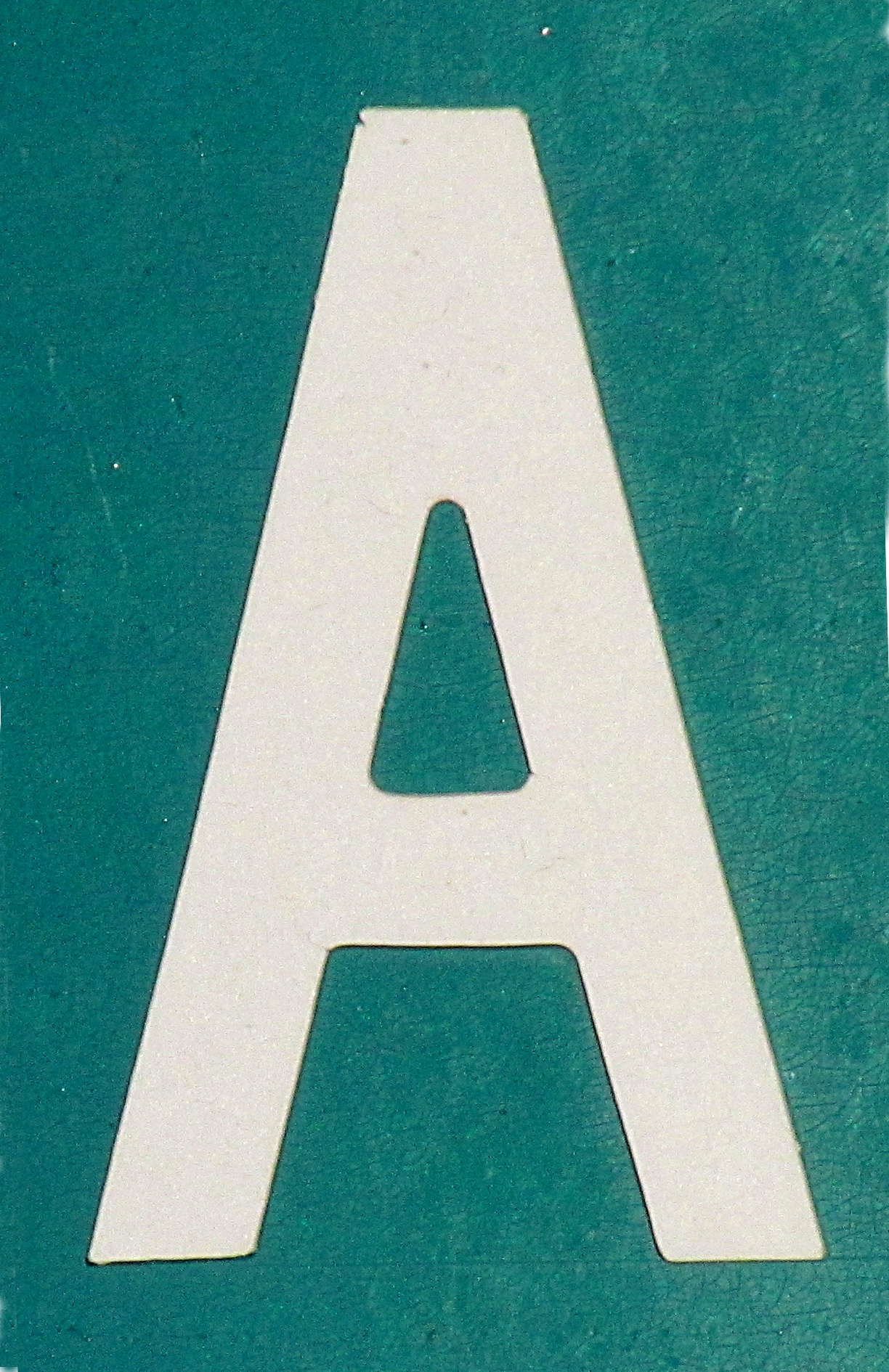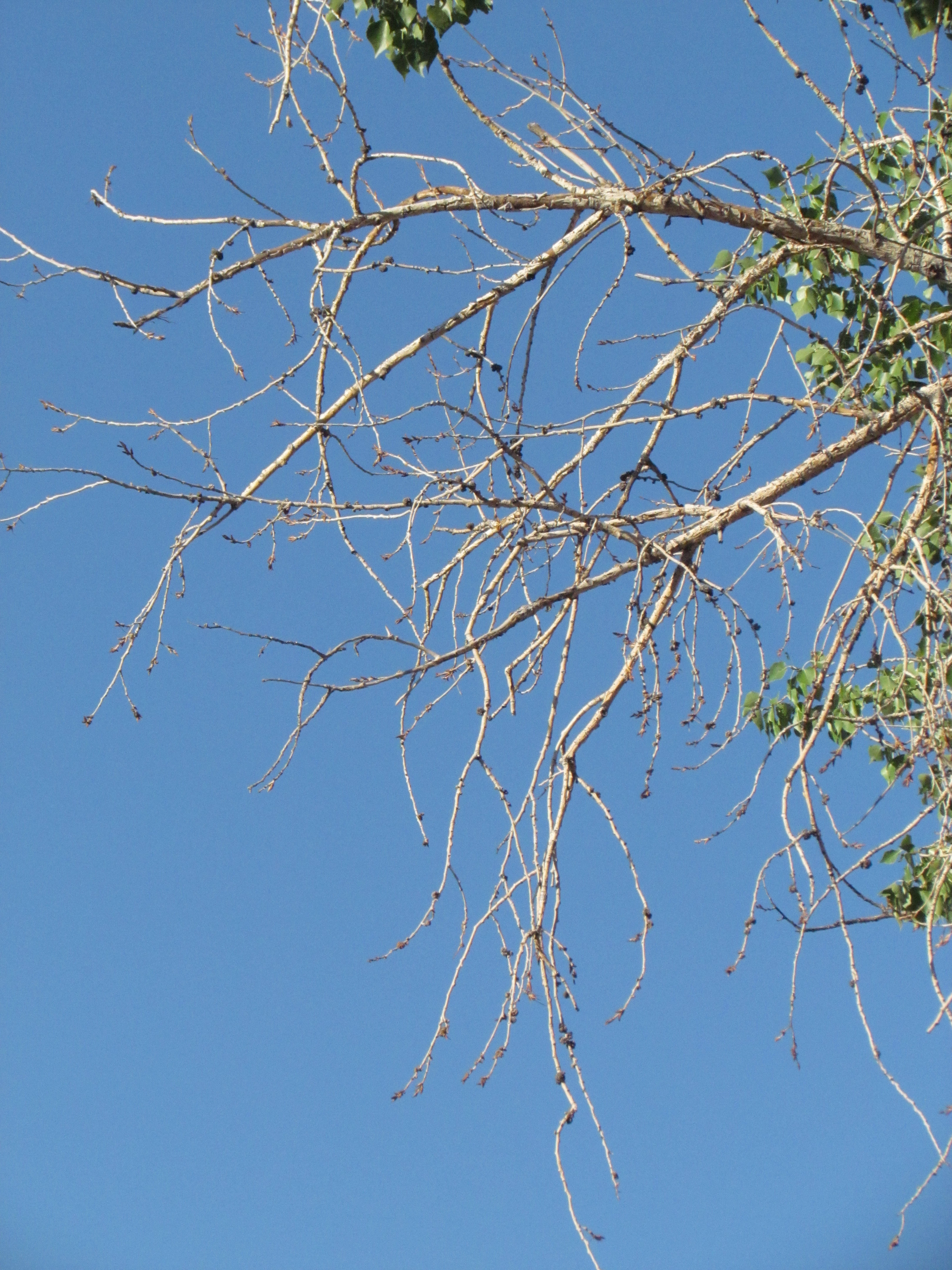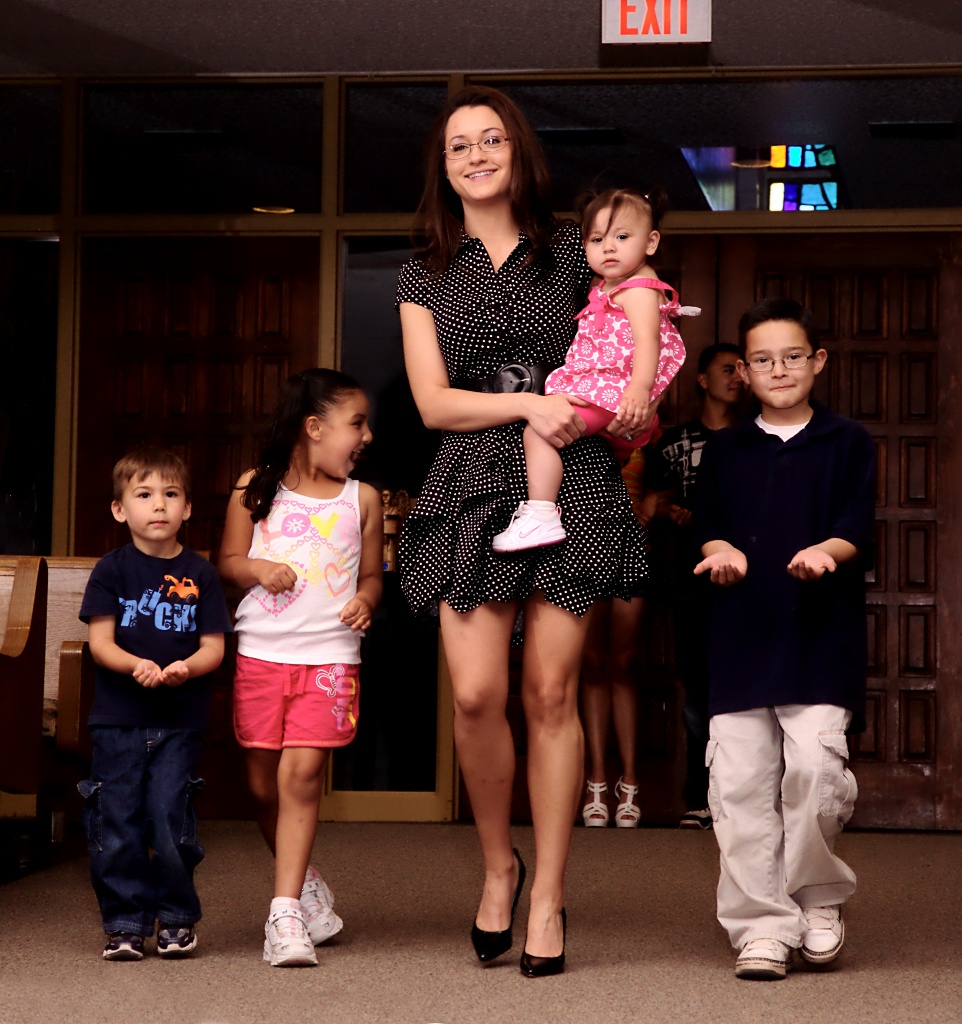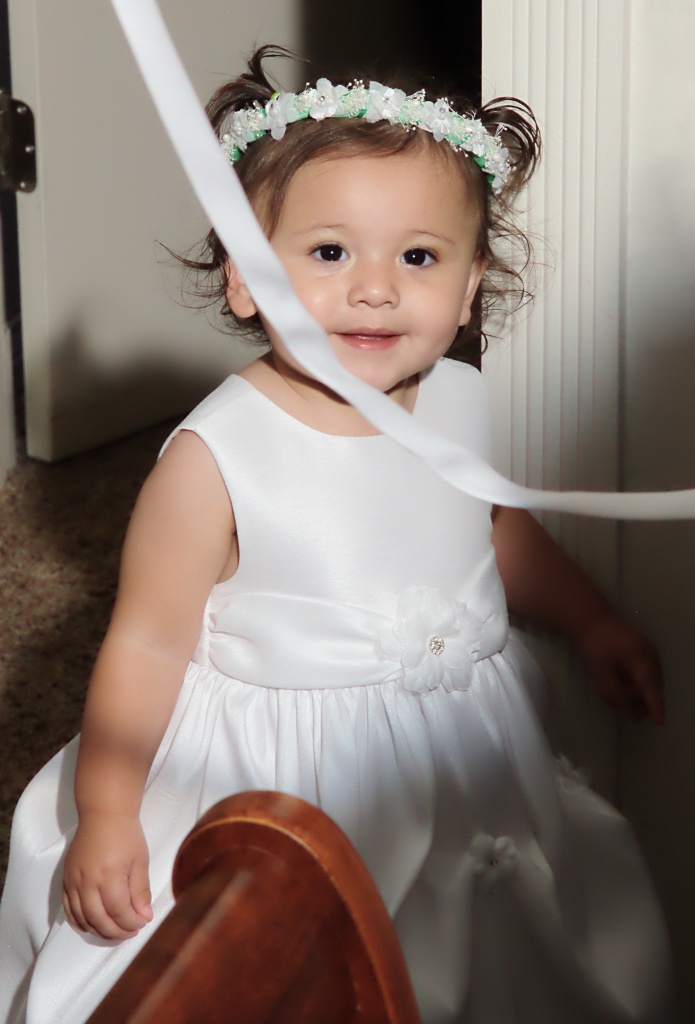In the irregular postings of photo assignment walks, today’s topic is on triangles. I went for an hour walk, looking for triangles. They are relatively easy to spot, but getting a good photo brought me back to the theme that a photo should clearly show the one idea that you are trying to present. I’ll start with a few duds and then move to the better examples.





At the conclusion of this walk, I might see triangles more now. While I already knew that a photo has to do a good job of conveying the idea I am presenting, this exercise really reinforced this concept. It is why I regularly ask myself, “What am I trying to show with this picture?”. I can then use the answer to choose how to compose and expose the image.



